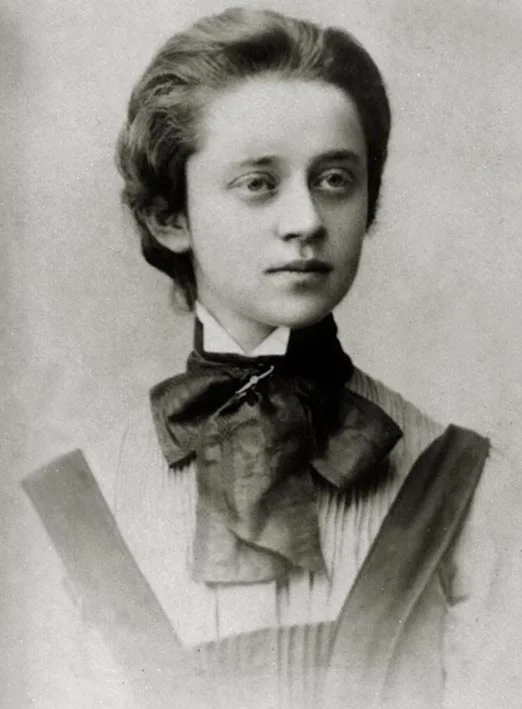One of the most prominent criticisms of the study of queer history is questioning how one can label a person with a word that did not exist while that person was alive. The final and most important piece of evidence to prove that a person is asexual, nonbinary, genderfluid, demisexual, lesbian, or bisexual is that of self-identification. Unfortunately, with certain figures, self-identification does not exist, whether that be because they were keeping such information secret for their own safety or because they lived before the labels used today even existed or at least had no access to these labels. There is also a language barrier to consider in many cases; beyond just not having self-identification to look to for evidence, languages reflect the culture of the people who speak them. Each culture views queerness differently, and that can be evident in their language. For some, all these questions and conflicts are a reason to leave the subject alone entirely. Frankly, it is simpler to do so, and it removes the possibility of someday finding evidence that contradicts the conclusions that one spent so much time drawing.
Making Queer History has a vague title because it has a rather vague purpose. We are not alone in our aim to tell the queer community’s history. What defines us is our focus not only on the past, but toward the future.



